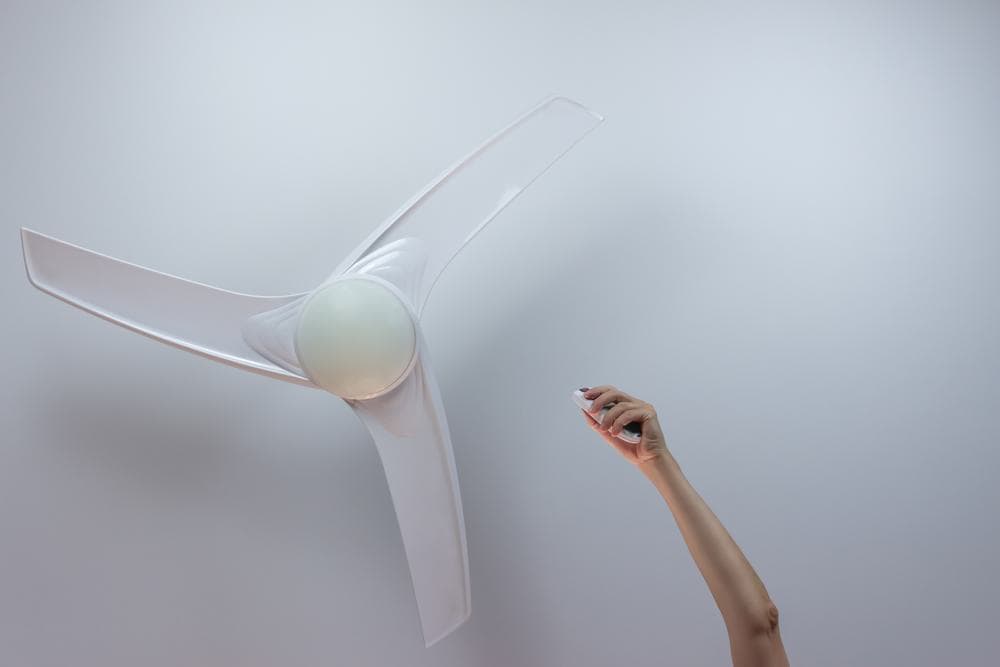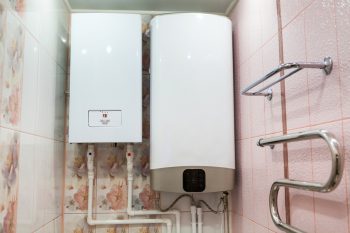
If you’re looking to optimize the lighting and ventilation in your home, controlling your ceiling fan and light separately is an excellent solution. This allows for greater customization, convenience, energy efficiency, and a more comfortable living environment. This comprehensive guide will walk you through the process, troubleshooting, and benefits of separate control for your ceiling fan and light.
To control a ceiling fan and light separately, you can either use a dual wall switch or a remote control system. A dual wall switch requires separate wires for the fan and light, which are connected to the individual switches. A remote control system involves installing a receiver in the fan canopy and using a remote or wall-mounted control panel to manage the fan and light independently. Both methods allow you to adjust the fan speed and light intensity separately for greater customization and energy efficiency.
Understanding the Basics
The primary advantage of controlling the ceiling fan and light separately is the ability to adjust the fan speed and light intensity independently. This can greatly enhance the atmosphere of a room and allows for more flexible lighting and cooling options. For instance, you may want to use the fan without the light during the day, or use the light without the fan at night.
Typically, ceiling fans and lights can be controlled separately through a dual wall switch or a remote control system. Some ceiling fans come with built-in remote controls, while others can be retrofitted with aftermarket remote control kits. However, it’s important to choose a compatible remote control system for your specific fan model.
Setting Up Separate Controls
Dual Wall Switches
If your ceiling fan has separate wires for the fan and light, you can install a dual wall switch to control them independently. Follow these steps:
- Turn off the power to the fan and light at the circuit breaker.
- Remove the existing single switch and replace it with a double switch.
- Connect the hot wire (usually black) from the panel to the common hot connection on the double switch.
- Connect the fan wire (usually blue) to one switch and the light wire (usually red) to the other switch.
Remote Control System
If you prefer a wireless solution, you can use a remote control system. This requires installing a receiver in the fan canopy and using a remote control or a wall-mounted control panel. Follow these steps:
- Turn off the power to the fan and light at the circuit breaker.
- Install the receiver in the fan canopy according to the manufacturer’s instructions.
- Connect the fan and light wires to the receiver.
- Use the remote control or wall-mounted control panel to control the fan and light independently.
Troubleshooting Common Issues
When controlling your ceiling fan and light separately, you may encounter some common issues. These can be easily resolved by following these troubleshooting steps:
- Check the remote control: Ensure that the remote control has working batteries and is in range of the fan and light.
- Verify the wall switches: If the wall switches are not working properly, there could be a faulty connection.
- Inspect the ceiling fan wiring: Loose connections due to the fan’s natural movement may cause issues.
- Check the light bulbs: If the ceiling fan light is not working, ensure that the bulbs are properly screwed into their sockets and replace any burned-out bulbs.
- Test the ceiling fan and light separately: Ensure they operate independently and as intended.
Embrace Energy Efficiency
Separate control contributes to energy efficiency by allowing individual management of different systems within a building, resulting in reduced energy consumption and costs. For instance, you can use the fan without the light during the day to save on electricity. Or use the light without the fan at night to save on cooling costs.
In conclusion, controlling your ceiling fan and light separately can provide numerous benefits, from improved customization and convenience to increased energy efficiency. Whether you choose to use a dual wall switch or a remote control system, this guide has got you covered.
Frequently Asked Questions
Can I control the ceiling fan and light separately using a smartphone app?
Yes, some remote control systems come with a smartphone app that allows you to control the ceiling fan and light independently. It’s important to ensure that the system you choose is compatible with your specific fan model.
What if my ceiling fan doesn’t have separate wires for the fan and light?
If your ceiling fan doesn’t have separate wires for the fan and light, you can still control them separately with a remote control system. The receiver installed in the fan canopy will separate the signals for the fan and light, enabling independent control.
Can I install a dual wall switch or remote control system myself?
Yes, you can install a dual wall switch or remote control system yourself if you are comfortable with basic electrical work. However, if you’re not confident in your abilities, it’s best to hire a professional electrician to ensure the installation is done safely and correctly.
Can I use a timer to control my ceiling fan and light separately?
Yes, many remote control systems and smart switches allow you to set a timer for the fan and light. This can be particularly useful for energy savings, as you can schedule the fan or light to turn off automatically when not needed.
Can I control multiple ceiling fans and lights separately from a single remote control?
Yes, some remote control systems allow you to control multiple fans and lights separately from a single remote. You will need to install a receiver in each fan you want to control, and the remote will need to have multiple channels or modes to switch between different fans.












